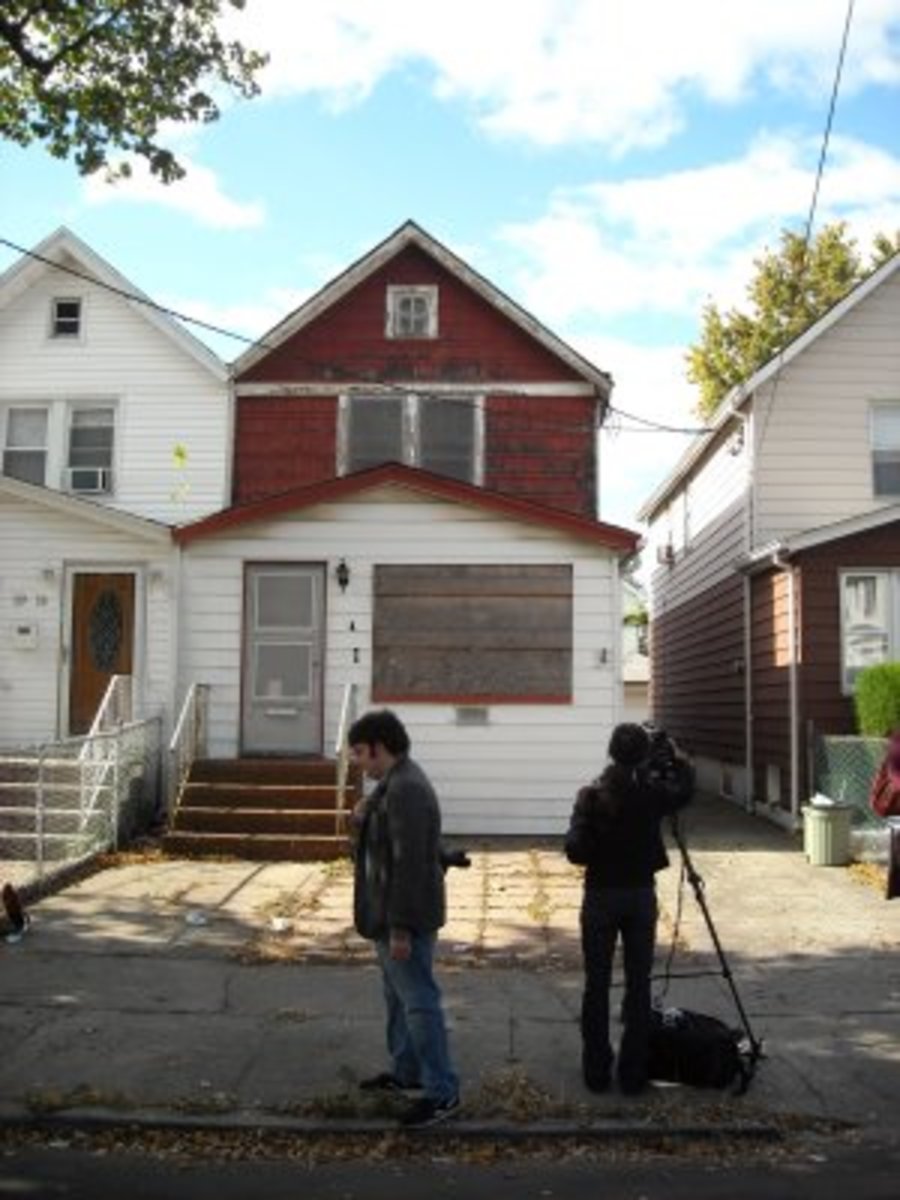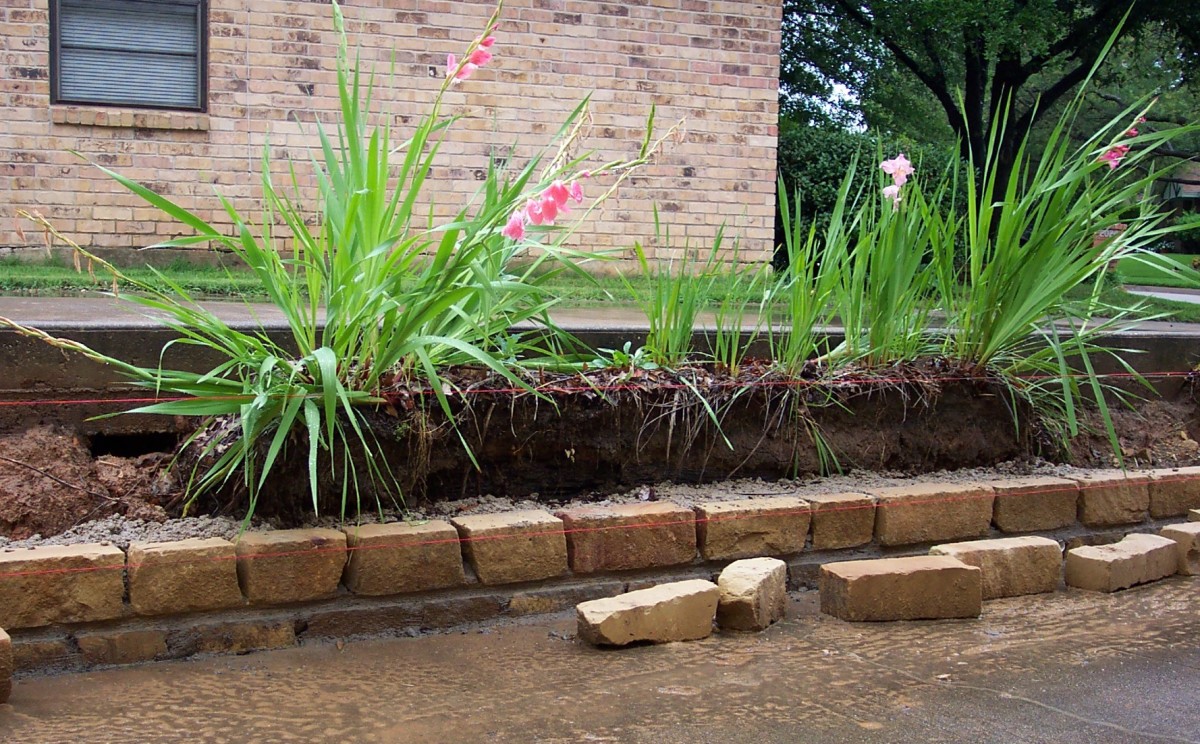How to Compute a Rate of Return for Rental Property Improvements
You should forget what you may have read or heard about the rate of return you can expect to receive from a remodeled rental property unit you are holding as a real estate investment.
Perhaps you've been told for instance that a remodeled kitchen will pay back 70 percent of its cost, a remodeled bath maybe 100 percent of its cost, or updated fixtures perhaps 40 percent of its cost.
But this is not necessarily true, and certainly not a prudent way to run a real estate investment business.
To make money at real estate investing you should never rely on any of these specific payback figures and instead learn to evaluate every rental property and every remodeling project on its own merits.
Bear in mind that the profit you make from your rental property relates directly to how much your tenants or buyers value your units. Therefore the improvements you make to your real estate investment are only as good as the price someone is willing to pay for them; and these relative comparisons differ in time and place.

Do Your Homework
Before you make any improvements to your rental income property consider doing at least three things.
(1) Research competing properties and tenant (buyer) preferences by studying resale prices and rent levels inside your local real estate market for similar rental properties. (2) Learn what you need to do in order to achieve an advantage over competitive rental properties. (3) Think twice about making any property improvement unless it's sure to attract tenants willing to pay higher rents or buyers willing to pay your desired higher price.
Prudent real estate investing always requires some amount of homework, and as a real estate investor trying to make a profit, do your homework.
Develop a Budget
Develop a cost/income estimate by figuring out how much you can increase the sales price or rents resulting from each project you undertake based upon the rate of return you desire to make a real estate investment. All of which, of course, can vary enormously depending on who does the work, what materials are selected, and the skill with which the job is undertaken, but you get the idea.
Here's a rule of thumb. If you want to achieve a 20 percent overall rate of return on a capital investment for property remodel then for every $1,000 you invest in property improvements you must be able to increase your rental property's net operating income by at least $200 a year. In other words, you must be able to collect enough rental income from the occupied units to cover the property's annual operating expenses with $200 to spare.
Naturally, there are no hard-fast real estate investing rules that dictate what rates of return real estate investors should desire from their investment capital.
Some real estate investors, for instance, might be pleased with a 10 percent rate of return on capital they invest into a property, while other real estate investors may aim as high as 40 percent rate of return on their investment.
What matters most is your own real estate investment objective. So curb your enthusiasm to make a rental property improvement with a realistic look at the amount of increased rents your investment of time, effort and money are likely to produce, and then be sure it satisfies your desired rate of return before you renovate.
Make the Calculation
Okay, let's assume that you conducted a survey of the local rental market for the top rental rates in the neighborhood relative to the size and quality of units you intend to remodel and are ready to apply your desired rate of return.
Now you want to know how much you can spend to remodel your rental property and still remain inside the parameters of your real estate investment objective.
Let's say you feel you will be able to raise rents enough to pocket another $150 a month per unit after renovations and desire a 20% rate of return. You would make this calculation to determine the limit of your property improvement costs per unit.
$1,800 (12 X $150) / .20 = $9,000 cost of improvements per unit
Again, you can plug in whatever rate of return you desire. The important thing is to run through your numbers thoroughly enough to be satisfied that your local real estate market actually supports the selling price or rent level you intend to ask.
An Exception to the Rule
Real estate investing is about making the greatest return on your real estate investment as possible and therefore explains the purpose for writing this article about returns on improvements. Still, on some occasions you may want to invest more in your improvements than rent increases justify for other reasons.
To attract a better quality of tenant, for example, or to reduce tenant turnover, cut losses from bad debts and vacancies, or just to have a greater pride in ownership. In these cases, real estate investors simply have to weight tradeoffs.
The important thing is to work the numbers, regardless. Remember, good tenants and pride of ownership benefits you only if you're collecting enough rents to pay your property expenses and mortgage payments, and you don't want to be left having to feed your property just to pound your chest whenever you drive by.
One Last Word
It's probably a good idea to categorize property improvements into those you can do, and those you would never want to do.
For example, it might be okay for you to tackle some cosmetic improvements such as painting, landscaping, carpets, and light fixtures, but you must exercise extreme caution when it comes to roofs, foundations, wiring, and plumbing. These types of renovation can be inundated with hidden costs, and unless you pay a price favorable enough to make these types of improvements, you might discover the amounts you spend to improve the property and its value (or rent levels) after you've completed the work aren't profitable.
No universal rule applies. Smart real estate investing requires you always analyze the financial details of the deal in front of you before you do anything.
About the Author
James Kobzeff is a real estate professional and the owner/developer of ProAPOD - leading real estate investment software solutions since 2000. Create cash flow, rates of return, and profitability analysis on rental property at your fingertips in minutes! Learn more at www.proapod.com
ProAPOD also provides an online real estate calculator that enables you to learn dozens of real estate definitions and formulas as you calculate. You save 64%. Learn more at real estate calculator
Other Articles
- Real Estate Analysis: Understanding the Operating Ex...
Learn about the operating expenses you should include (and not include) for a rental property in your real estate analysis. - The Annual Property Operating Data (APOD): Why Real ...
Learn about the APOD. Why it's a popular real estate investing report and how to construct one. - 5 Questions Investors Should Ask and Answer About a ...
Five questions a prudent investor should ask and answer before making any investment in rental property that might save their - Time Value of Money: How It Impacts Rental Property ...
Many experience the effect of time value money but have no understanding. Learn about this important concept and see why real estate investors use it to measure cash flows and rates of return.









